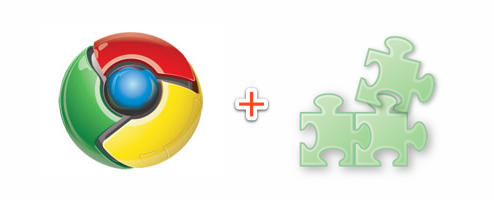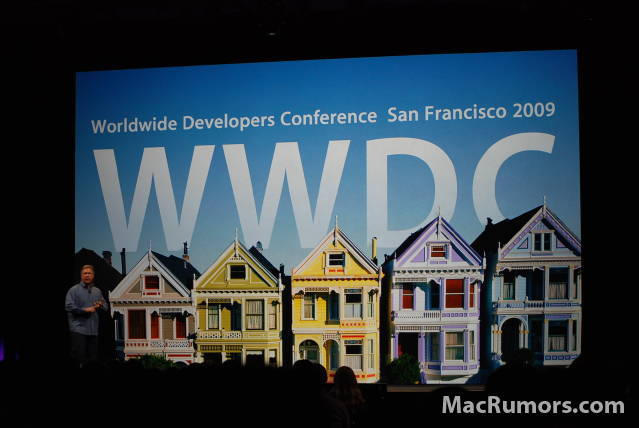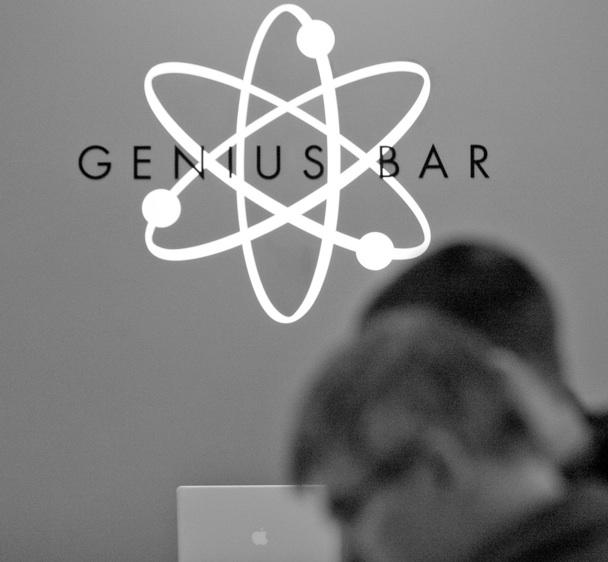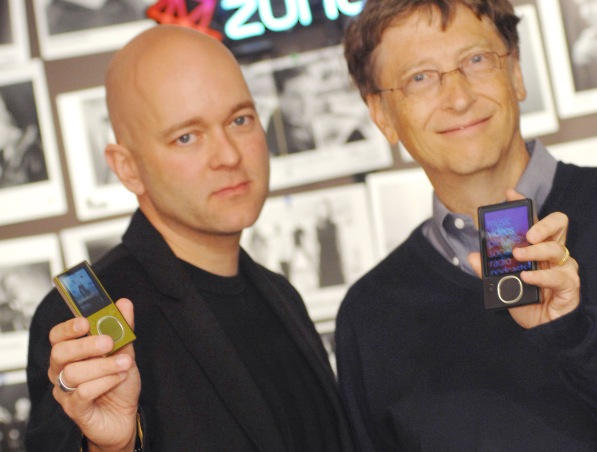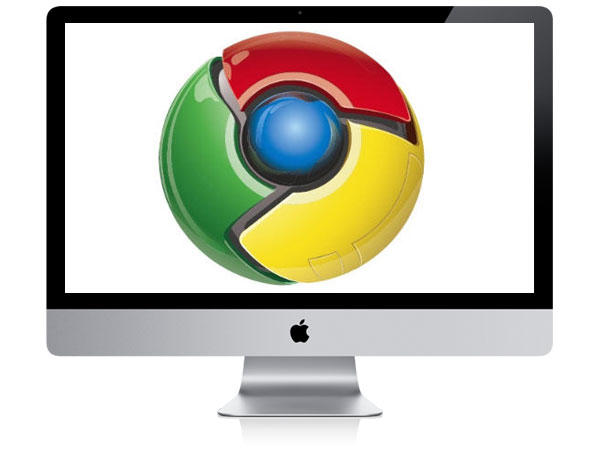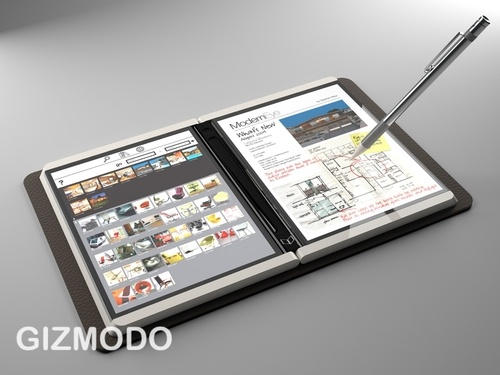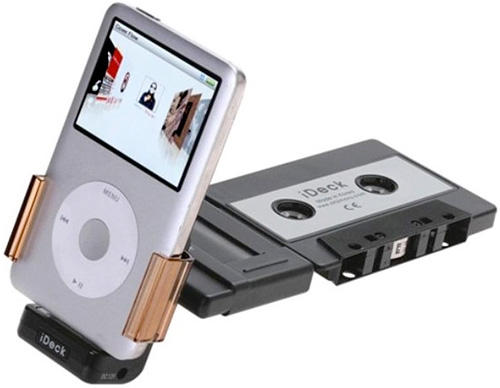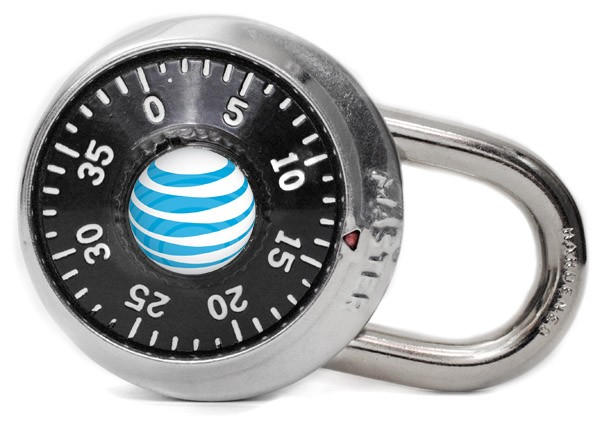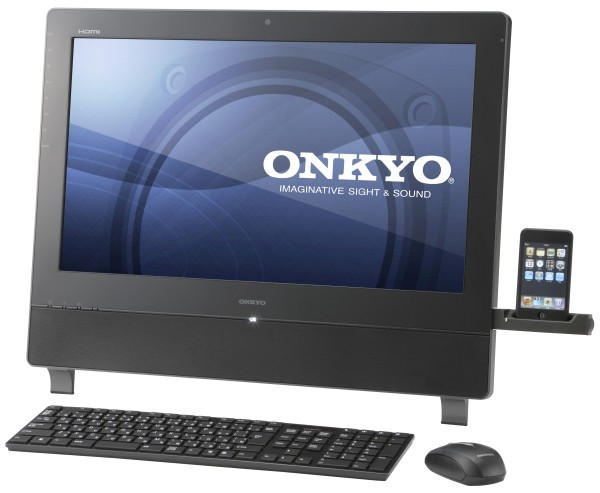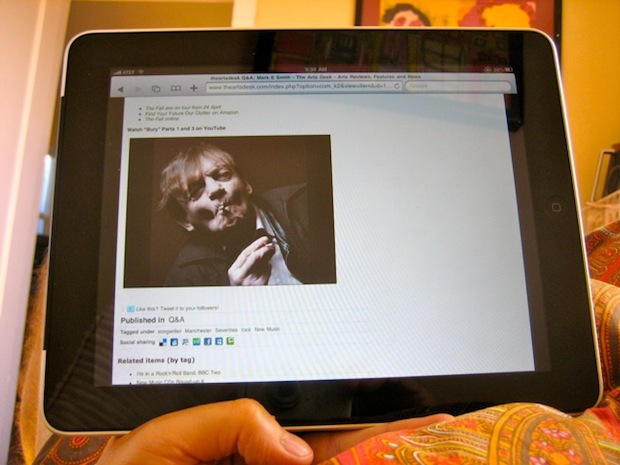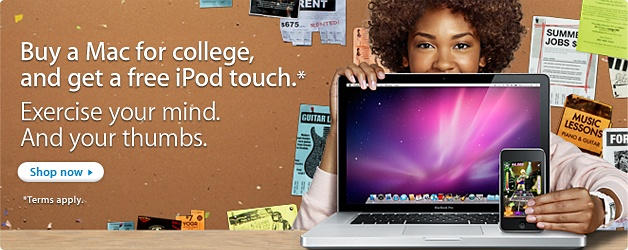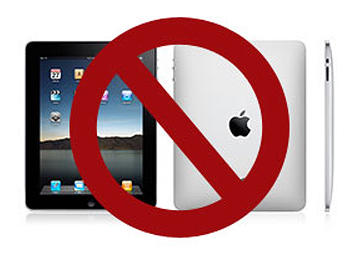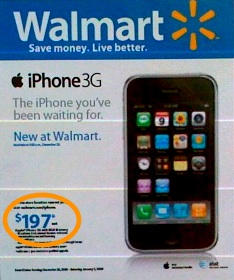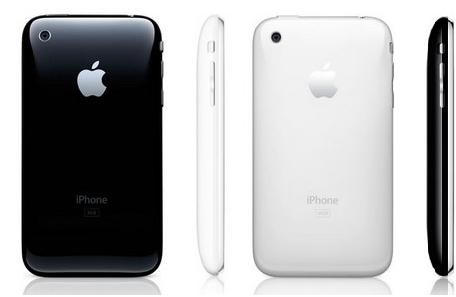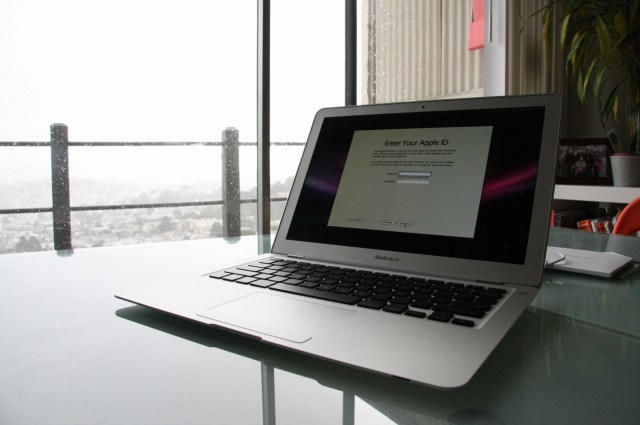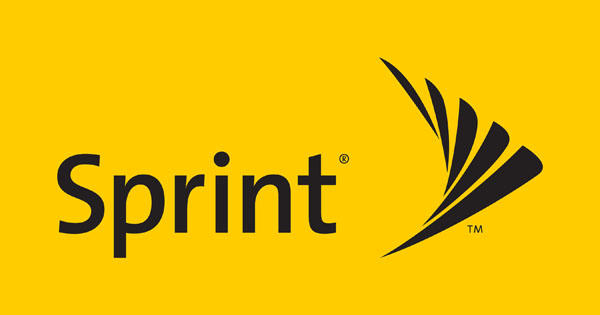Yesterday’s release of Google’s Chrome 5 internet browser made it even more viable a Safari replacement than ever (if you can get over the design niggles, that is), but if a rather sly hint from Daring Fireball’s John Gruber is anything to go by, Apple may attempt to match Chrome and Firefox’s most interesting feature — extensions support — with Safari 5.
Quoth Gruber:
The other big thing that’s missing [in Safari] (compared to both Chrome and Firefox) is a proper extension API. If only Apple had an imminent developer conference where they could unveil such a thing.
This is a big weakness of Safari compared to many other modern browsers , and the ability to easily tweak the Safari experience according to user preference would certainly win Apple’s browser some converts.
The question is: are browser extensions anathema to Apple’s own design ethos, which tries to perfect the user experience through tight-fisted control? As great as Firefox and Chrome extensions are — I simply can’t work with a browser that doesn’t support them anymore — things can get quite ugly and confusing, design-wise, with a lot of extensions installed. Apple can’t be too happy about that prospect.
Still, at the end of the day, the option of extensions coming to Safari is a win for everyone. My only hope is that Apple will crib some other ideas from Chrome while they are at it: Chrome’s effortless merging of the search field and address field is so brilliant that it makes any other interpretation seem amateurish in comparison.
